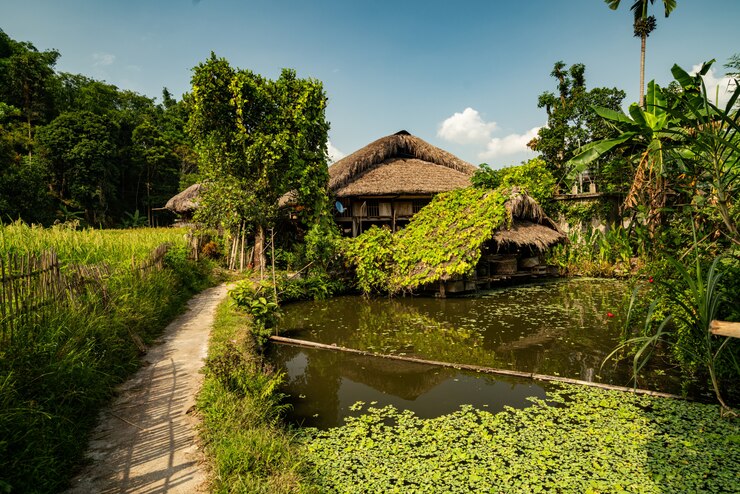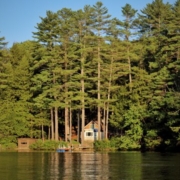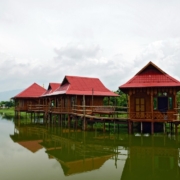Sundarban Eco-Tourism: How to Explore the Mangrove Forests Responsibly
A UNESCO World Heritage Site that is on the border of India and Bangladesh and is the biggest mangrove forest specifically known as the Sundarbans. This is a diverse ecosystem, wherein the sophisticated ecosystem includes flora and fauna such as the Royal Bengal Tiger. With increasing concerns towards environmental matters, Sundarban eco tourism appears as one of the most important means to discover this marvellous area while contributing to its preservation as well as assisting local people.
Understanding Sundarban eco-tourism
Sundarban eco tourism has been developed to afford tourists a feel of the mangrove forest without having to interfere with its delicate balance. This form of tourism focuses on the manners of visiting a place that have a minor negative impact on the natural environment and culture. In the process, through eco-tourism, visitors will be directly supporting the cause of conservation as well as helping to support the people who rely on the forest for their food.

Benefits of ecotourism
- Economic Opportunities: This boosts employment in such areas other than depending on other lucrative but wrong practices like hunting or cutting down trees. The change benefits the objective of protecting the environment as well as enhancing the economic status of the people living in those residences.
- Conservation Funding: The money that the owners receive from ecotourism is used to add on other ecological programs like the reconstruction of damaged ecosystems and the protection of endangered species. This funding is necessary to support the complex balance of this biome, which is the Sundarbans.
- Cultural Exchange: People can touch on cultural aspects and get closer to indigenous people’s roots, thus getting to know the indigenous culture. Self-interest can translate into better protection of the environment and also better adherence to local culture.

Responsible Hobbies for Visiting Sundarbans
To explore the Sundarbans responsibly, consider these guidelines:
- Choose Eco Village Resorts: Choose accommodations that are environmentally friendly; examples of these include eco village resorts that use energy from renewable sources, recycle, and source products from the community. These resorts, as a rule, offer a more attractive experience with concern for the consequences for the environment.
- Participate in guided tours: Share time with friendly and knowledgeable local guides who are capable of explaining the importance of the ecosystem. Using guided tours make your experience even richer while guaranteeing that, as tourists, you will follow the right sustainable practices.
- Respect Wildlife: Do not approach animals, and also don’t feed them. This contributes to keeping them interacting with their environment in their natural behaviour and does not stress its inhabitants.
- Limit Waste: Take refillable water bottles and reusable bags in order to avoid draining off polythene materials. You should therefore be careful about what one eats or drinks in order to avoid polluting this natural beauty.
- Support Local Communities: Buy gifts or groceries from locals instead of from mass-produced and commercialised companies. It also serves to stimulate economic turnover in the village and respect crafts made by hand.
Key Attractions in the Sundarbans
The Sundarbans offer numerous attractions that highlight its unique biodiversity:
- Wildlife Watching: The opportunity of watching the Royal Bengal Tiger in its natural habitat is a major attraction to tourists. Other animals found include estuarine crocodiles, the spotted deer, and many species of birds.
- Boat Tours: Many travellers come to visit this area by tourist boats because the main purpose of the mangrove forest is to allow exploration of narrow waterways, which are difficult to navigate by any other means than a boat.
- Cultural Experiences: Perform cultural programs involving music, dances, foods, and other products from the local people of the country. They added on to your knowledge about the history of the region, and these histories make you appreciate the culture and tradition of the area.
Challenges Facing Ecotourism
There are challenges that affect Sundarban ecotourism, for instance, climate change that affects mangrove formation across the world. However, more tourist traffic can translate to environmental degradation if not well managed. Thus, further work is needed to enhance the proper principles of tourism that integrate economic development with environmental protection.
Conclusion
Sundarban eco tourism means the chance to visit one of the world’s most astonishing ecosystems with minimal impact on the environment. By visiting eco-village resorts and taking part in guided tours of Tour De Sundarbans, avoiding harming the wildlife, planning a minimalist consumption of natural resources, and supporting the locals directly, the tourists can help in preventing further exploitation of this beautiful area.












